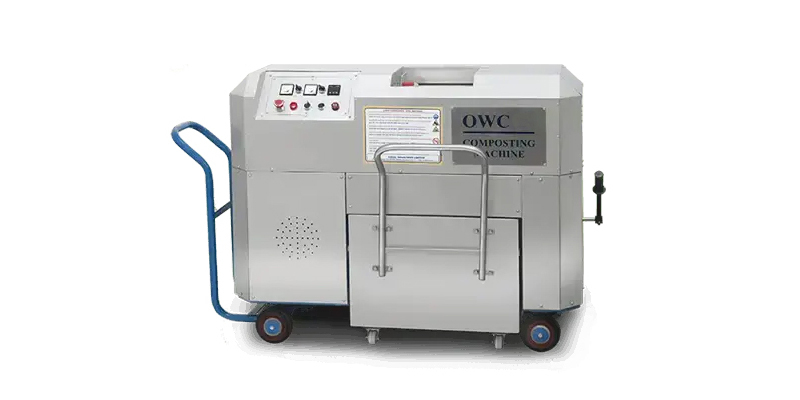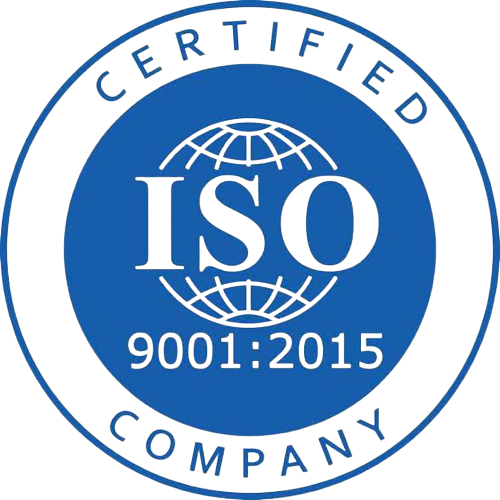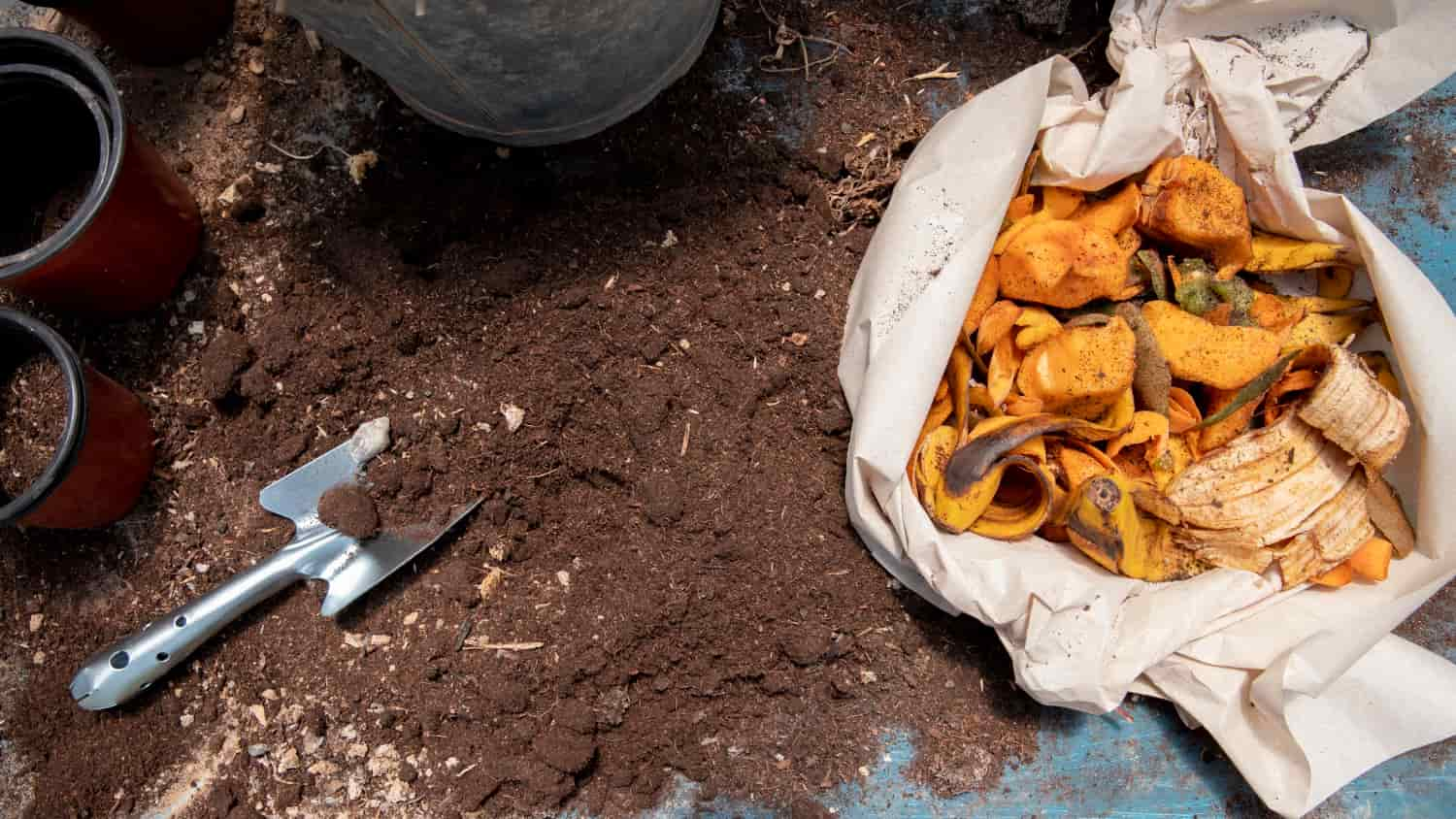With the rapid urbanisation and population surge, waste management has evolved into a critical global challenge that requires immediate and innovative solutions. The World Bank’s alarming estimate that global waste generation will soar to 3.4 billion tons by 2050, up from 2.01 billion tons in 2016, underscores the urgency of this issue. This escalating waste generation, coupled with inadequate waste management infrastructure in many parts of the world, poses grave environmental and public health threats. These challenges necessitate a comprehensive and environmentally friendly approach.
Amid this crisis, a sustainable and green solution has emerged—composting. More specifically, aerobic composting. This method of waste management not only diminishes the volume of waste directed to landfills but also transforms waste into a valuable resource by converting it into nutrient-rich compost. In this blog, we will delve into the process, mechanics, and benefits of aerobic composting, and explore how it contributes to a sustainable and waste-free environment, enriching our world in the process.
Table of Contents
What is Aerobic Composting?
Aerobic composting is a fascinating and environmentally friendly process that involves decomposing organic waste in the presence of oxygen. The process is mediated by a complex ecosystem of aerobic microorganisms, which diligently break down organic matter into a stable, nutrient-rich compost. Unlike anaerobic composting, which occurs in the absence of oxygen, aerobic composting relies on a carefully orchestrated balance of elements. The key to successful aerobic composting lies in maintaining an appropriate equilibrium between ‘green’ and ‘brown’ materials, each playing a vital role in the process.
Green materials, rich in nitrogen, include fresh plant matter, vegetable peels, coffee grounds, and grass clippings, providing essential nutrients for microbial activity. Brown materials, high in carbon, include dried leaves, twigs, cardboard, and paper, adding structure and facilitating airflow within the compost pile. These two types of materials should be layered alternately in the compost pile, with a general guideline being a 3:1 ratio of browns to greens. Regular turning or mixing of the compost pile ensures that oxygen reaches the microorganisms, which is crucial for facilitating the decomposition process and preventing unpleasant odours.
The Aerobic Composting Process
The process of aerobic composting commences with the careful collection and segregation of organic waste. It’s an intricate procedure that requires a detailed understanding of the materials involved. The waste is then systematically arranged in a compost pile or bin in alternating layers of green and brown materials. Regular turning of the compost pile introduces oxygen, a vital component for the aerobic microorganisms that drive the decomposition process. The activity of these microorganisms generates heat, which not only speeds up the decomposition process but also kills off any potential plant diseases present in the waste, thus ensuring a healthy end product.
Monitoring and managing the compost pile’s temperature, oxygen levels, and moisture content is a science in itself, requiring expertise and attention to detail. These factors must be carefully regulated to ensure efficient composting. The composting process may take a few weeks to a few months, depending on the composting conditions, materials used, and attention given to the pile. The end product is a dark, crumbly material with a pleasant earthy smell, often lovingly referred to as ‘black gold’ by gardeners and farmers due to its extraordinary nutrient content and soil-enhancing properties.
Benefits of Aerobic Composting
Aerobic composting offers a plethora of benefits, making it a highly recommended practice for waste management, agriculture, gardening, and overall environmental sustainability:
Waste Reduction
Composting significantly reduces the volume of organic waste that ends up in landfills. Given that organic waste constitutes a substantial portion of total waste generated, composting can drastically reduce the pressure on landfills and the associated environmental degradation.
Soil Enhancement
Compost is a rich and diverse source of nutrients essential for plant growth. It not only improves soil structure and boosts its nutrient content but also enhances its ability to retain water and resist erosion. These properties make compost an invaluable additive for agriculture and gardening, contributing to healthier crops and landscapes.
Carbon Sequestration
Composting helps sequester carbon, thus playing a pivotal role in climate change mitigation. When organic waste decomposes in a landfill, it releases methane, a potent greenhouse gas. Aerobic composting, on the other hand, produces carbon dioxide at a much lesser rate and helps store carbon in the soil, reducing the overall carbon footprint.
Economic Benefits
Compost serves as a low-cost, effective alternative to synthetic fertilisers, reducing the economic input required for agriculture and gardening. Additionally, composting can create employment opportunities in waste management and agriculture sectors, fostering community development.
Aerobic Composting at Scale
While composting at home is an empowering way to manage household organic waste, large-scale composting is essential for managing the massive volumes of organic waste generated by cities and industries. Industrial composting facilities utilise advanced techniques like windrow composting, in-vessel composting, and aerated static pile composting to process large amounts of waste. These methods enhance the efficiency and speed of composting, ensuring that the compost produced meets stringent safety and quality standards, making it suitable for various applications.
Conclusion
Aerobic composting presents a powerful and transformative tool for managing organic waste, turning a potential environmental problem into a valuable resource. By breathing life into waste, we create a cycle of sustainability that not only benefits humans but also nourishes the environment around us. Composting is more than just a waste management strategy—it’s a holistic approach to contributing to a more sustainable and healthier planet. By adopting composting practices, we can all play an active part in creating a greener and more sustainable future, fostering a symbiotic relationship with the Earth.
Experience the Power of Composting with Our OWC Machines
Eager to contribute to a more sustainable future? Aerobic composting with our Organic Waste Composting machines offers an excellent entry point! Our OWC machines make composting more accessible, faster, and more efficient, allowing you to convert your organic waste into nutrient-rich compost in a streamlined manner. Whether you’re a small business, a large corporation, or a municipality, we have a solution tailored to your specific needs, reflecting our commitment to environmental stewardship.

From enhancing soil fertility to reducing greenhouse gas emissions, the benefits of composting are far-reaching and multifaceted. With our OWC machines, you can take your commitment to sustainability to the next level. Experience the satisfaction of transforming waste into wealth, and join us in our mission to create a waste-free, sustainable world. Together, we can make a difference.


